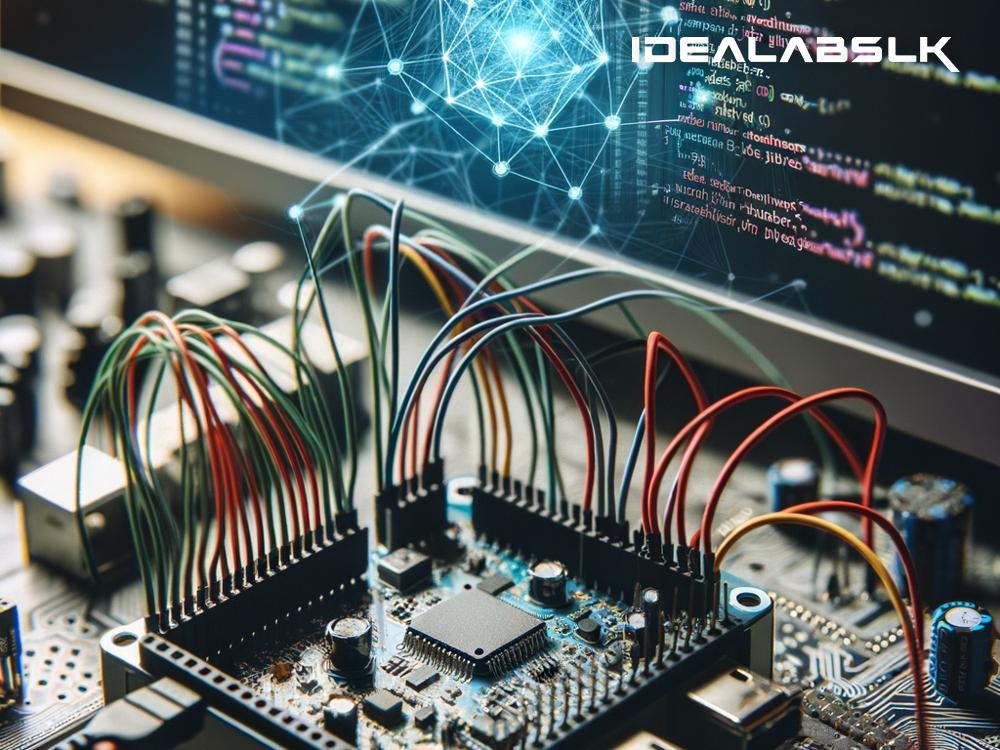Understanding Microcontroller Programming for IoT Projects
The Internet of Things, or IoT, is a massive network of connected devices. These devices range from your everyday smartphone to the smart thermostat in your home, and each one contains a tiny, brilliant brain known as a microcontroller. Microcontrollers are the secret sauce that allows these gadgets to communicate with the Internet, and programming them is akin to teaching them the language of IoT. Let's embark on a journey to demystify microcontroller programming for IoT projects, breaking it down into bite-sized, easily digestible pieces.
What is a Microcontroller?
Imagine a microcontroller as a tiny computer on a single chip. It's not as powerful as your laptop or desktop computer, but it excels at performing specific tasks efficiently. These tasks could include reading temperature data from a sensor, turning on a motor, or sending a message to another device over the internet. What makes microcontrollers so special is their ability to perform these operations with minimal power and resources, making them ideal for IoT devices, which often operate on battery power and need to run continuously for months or even years.
The Heart of IoT
In the realm of IoT, microcontrollers serve as the heart of countless devices, enabling them to collect data from their environment, process this information, and act upon it. This could mean anything from a smartwatch tracking your steps and heart rate to an agricultural sensor monitoring soil moisture levels and triggering irrigation when necessary. By programming a microcontroller, you essentially give life to an IoT device, instructing it on how to respond to the diverse stimuli it encounters.
Programming Languages for Microcontrollers
When it comes to programming microcontrollers, several languages can be used, but C and C++ are the most common. These languages offer a fine balance between ease of use and the ability to control hardware directly, crucial for IoT devices. In recent years, higher-level languages like Python have also made their way into the microcontroller world, thanks to more powerful chips and the development of platforms like MicroPython. Choosing the right language depends on your project requirements and personal preference, but starting with C or C++ is a good idea for beginners.
Tools and Platforms
Several platforms and tools are designed to make microcontroller programming accessible, even for those without a background in electronics or computer science. Platforms like Arduino and Raspberry Pi offer beginner-friendly environments where you can write your code, upload it to your device, and see results in no time. These platforms come with extensive libraries and community support, reducing the hurdles to getting your project off the ground.
Getting Started with a Simple Project
The best way to understand microcontroller programming is by diving into a simple project. Suppose you want to create a system that notifies you when your plant needs watering. You would need a microcontroller (like an Arduino), a moisture sensor to detect when the soil is dry, and a way to alert you (like sending a notification through the internet).
Your code would tell the microcontroller to continuously read data from the moisture sensor. When the sensor indicates dry soil, the microcontroller would then use WiFi to send you a notification. This project encapsulates the essence of IoT: sensing the environment, processing the data, and acting upon it.
Challenges and Considerations
Microcontroller programming for IoT projects is not without its challenges. Power consumption, security, and connectivity are issues that need to be addressed. For instance, ensuring your device can run on battery power for an extended period requires optimizing your code for efficiency. Security is another critical aspect, as IoT devices can be vulnerable to hacking. Using secure communication protocols and keeping your device's firmware up to date are good practices.
The Road Ahead
Diving into microcontroller programming opens up a world of possibilities for DIY enthusiasts, hobbyists, and aspiring professionals alike. The key is to start small, be patient with your learning curve, and engage with the vibrant online communities ready to help beginners.
In conclusion, understanding microcontroller programming is the first step towards creating innovative IoT projects that can solve real-world problems, enhance our lives, and even lead to a fulfilling career in technology. The journey from idea to a fully functioning IoT device is both exciting and educational. With determination and creativity, anyone can master the art of bringing their inventions to life.

